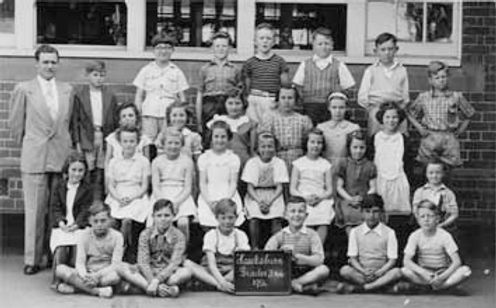There were such a lot of things that it was possible to be wrong about, and I sought them out assiduously. I believed, for instance, that one and one made eleven. It was so obvious. Eleven was undoubtedly a one plus a one. Anyone who tried to convince me otherwise could only have been suffering difficulties with their eyesight. Of course, over time, I understood how a lot of people thought the answer to be two, and I even accepted it myself in all my sums. But that didn’t stop it from really making eleven. Like the rest of Arithmetic and later Mathematics (the difference between which no one ever explained) it was really just a story made up by the teacher. The right answer was the same one that the teacher got. All the other answers were wrong, because the teacher said so and got angry; life was considerably better when the teacher was not angry, and so I always strove to get the same answer as the teacher. Therefore, whenever one plus one turned up in my sums, I offered the answer as two because I knew it would make the teacher happy, and after a time, I even gave up trying to convince them that the answer was really eleven.
I also had trouble convincing others that they could not tell the time. When the little hand was on three and the big hand on five, it was clearly five past three, although everyone else said it was twenty-five past three. There were no twenty-fives on any clocks I saw. Again it was just authority figures making things up, and everyone else agreeing with them for the sake of peace. And later on they even contrived for digital clocks to compound the error—computers, like authority figures, had a way of insisting that the most improbable things were true.

